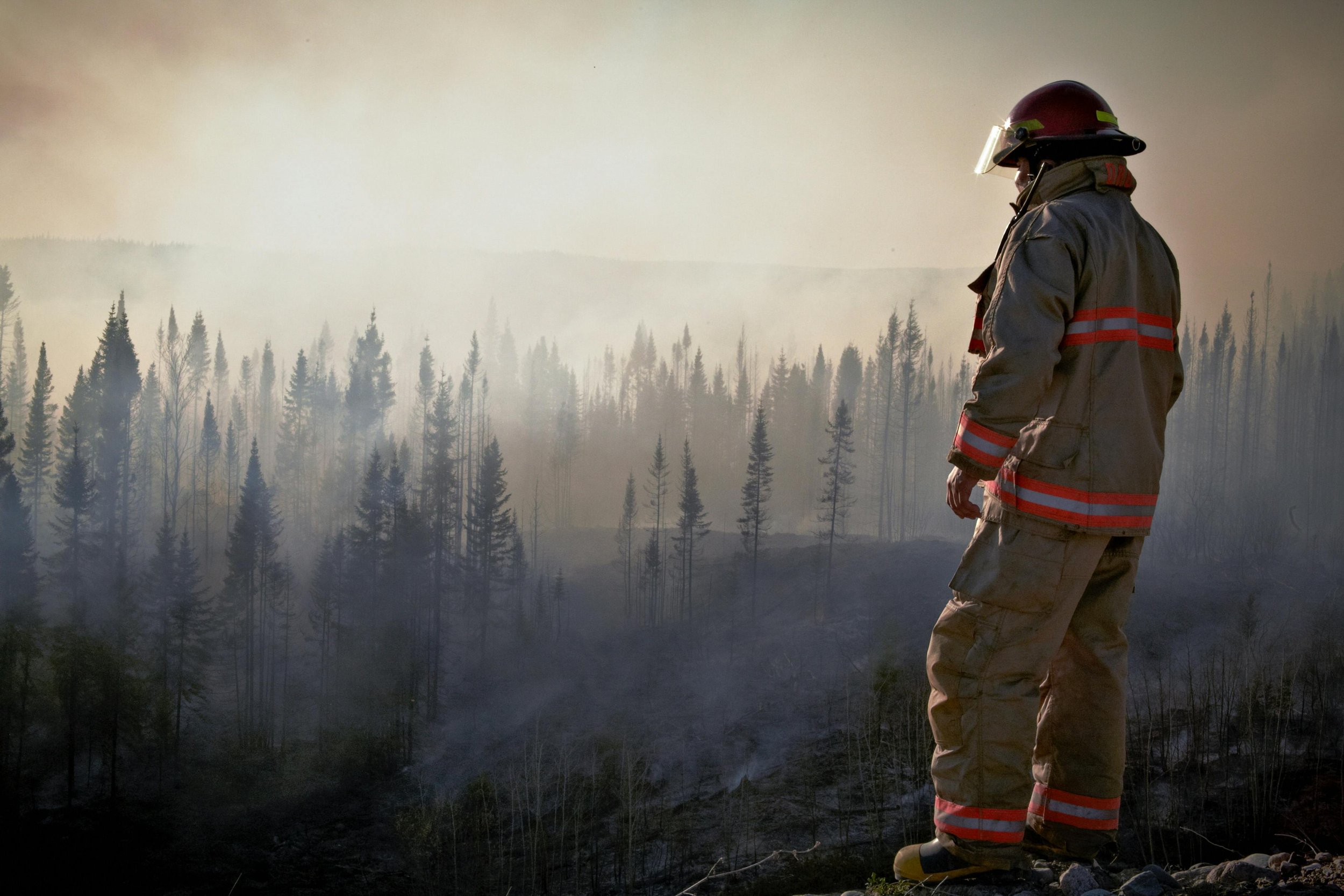
By: IslandHopper X

REDEFINING THE WAY THE GLOBAL WILDFIRE CRISIS OUGHT TO BE FOUGHT.

There is one global crisis which seems to be getting more and more attention, and that is the wildland fires or wildfires that are raging around the world. We’ve all seen countless pictures, videos and news media reports on raging, out-of-control wildfires around the world, and the aftermath of what these devastating fires can do. The evidence of the destructive powers of today’s extreme and resilient wildfires is becoming all too common. The vast amount of forest being burned, animal inhabitants being killed or displaced, entire ecosystems destroyed, poor air quality over greater parts of regions, lives and structures destroyed, gives us a better perspective on the destructive power of today’s modern and resilient wildfires and the inability of firefighting agencies to quickly contain them.
The aftermath of these devastating fires is a testament to the inability of any individual nation or coalition of nations to pull together all existing resources, as well as their inability to identify the ineffectiveness and inefficiencies of using traditional ground vehicles on the front line.


Containment Issues
Even with today’s new technologies and investments, firefighting agencies are still finding it difficult to contain wildfires. One example is The Park Fire, which first ignited on July 24, 2024 in Butte County, California. The fire exploded to more than 120,000 acres by the next day and then nearly doubled in size the following night after. One month later on Aug. 24, 2024, the damage was estimated to be over 429,000 acres burned in 4 Counties and 71% containment.
And just recently, at the beginning of January 2025, 4 months before the historical South California fire season starts, a series of 14 destructive wildfires affected the Los Angeles metropolitan area and other parts of Southern California in the United States. In the end, the L.A. wildfires killed 29 people, destroyed or damaged well over 16,000 structures, causing over $250 billion in total property and capital losses. It is now one of the most costly natural disasters in U.S. history.
Even with the resources that the State of California has at its disposal, they will still continue to encounter situations where it will be hard to contain some of the small fires from becoming large uncontrollable wildfires. Firefighting government agencies will always have issues and doubts about their ability to contain any future wildfire from becoming unmanageable days after it starts.
Imagine how effective other countries are with their containment strategies, especially nations that are not nearly as prepared as the California Government.
By: Salameh Dibaei

Antiquated Designs
Still, out of all the new advances that have been made in the past two decades in the technology industry, such as robotics automation and AI. Today’s firefighting engines and other firefighting ground vehicles, have not made the Technological Leap that is needed to keep up with power and resilience of today’s wildfires.
Firefighting agencies from around the world are still relying on the traditional design of Pump Trucks to fight fast-moving wildfires.
Today’s firefighting engines are just NO match for the destructive force and intensity of today’s wildfires, especially in Australia.
By: Welcomia


Invest In Our Planet By Investing Your Time and Voice!
Open a Dialogue With Your State and Federal Governments About Our PROJECT.

